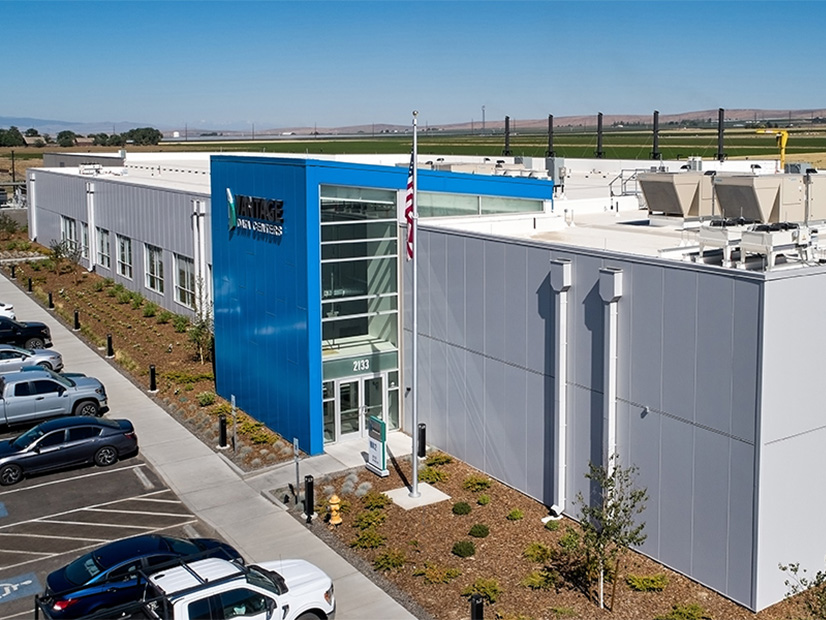
EVs and data centers are expected to be major contributors to load growth, but each has unique challenges when it comes to load forecasting, speakers said during a WECC webinar.
Electric vehicles and data centers are expected to be major contributors to load growth, but each has unique challenges when it comes to load forecasting, speakers said during a WECC webinar.
“Forecasting is as unique as the industry itself,” said Shane Lunderville, business development manager for the Grant County Public Utility District in Washington. “So if it’s electrifying vehicles, if it’s data centers, if it’s manufacturing, each one is going to be different.”
Much has been learned since Grant County got its first data centers in the mid-2000s, Lunderville said during the Oct. 2 webinar, part of WECC’s resource adequacy discussion series.
But technology is always changing. The use of artificial intelligence is on the rise and work patterns have shifted since the COVID-19 pandemic, he said.
“We all have Office 365 or Google, whatever; it’s all online-based,” he said.
Data centers say the best they can do is give a five-year outlook, Lunderville said, but transmission and infrastructure development takes much longer.
And data centers, which run constantly, don’t provide much opportunity for demand response, he said.
But Amanda Sargent, senior resource adequacy analyst at WECC, said data center operators who are interested in carbon-free electricity might build centers with generation resources or batteries.
“If there’s an opportunity to incentivize them to also build some of those resources at the same time, then there may be opportunities … during peak times to call on them for demand response,” Sargent said.
Sargent also discussed load growth from EV charging, noting that the adoption of new technology often follows an S-shaped pattern, starting out slowly and then accelerating.
“That’s going to play a really important role in being able to have more accurate forecasts — being able to follow how high those adoption rates are going to be for the sales of new electric vehicles and other kinds of technologies that are going to increase electric demand,” Sargent said.
Phil Jones, executive director of the Alliance for Transportation Electrification, said some forecasting of EV charging loads will be fairly easy.
Much of EV charging takes place at homes, where it can be influenced by incentives to charge off-peak. Opportunistic charging — where an EV driver stops off at a charging station — is harder to predict, he said.
When it comes to electric truck fleets, some fleets will charge overnight using Level 2 chargers. Jones said that charging isn’t difficult for a utility to handle.
But other trucks will charge as they travel along corridors, using DC fast chargers that could soon be providing 1 MW of power.
Historical data on fleet charging is currently lacking, Jones said. But fleet operators are working closely with planners on the issue. Jones pointed to an effort from the Electric Power Research Institute (EPRI) called EVs2Scale2030.
One piece of the initiative is to develop a nationwide map showing EV loads, grid impacts, utility lead times, workforce requirements and costs. (See EPRI Launches Cross-industry Initiative to Advance EV Adoption.)
With load growth seemingly inevitable, panelists called for allowing utilities to build infrastructure further in advance.
“Allow more flexible and sophisticated load forecasting for loads that don’t have a lot of historical data and based on that … allow utilities to build ahead of need,” Jones said.
WECC’s discussion series will return in February with a new name and an expanded scope. The discussions, which will be called Reliability in the West, will take place the first Wednesday of each month from 11 a.m. to noon Mountain time.


